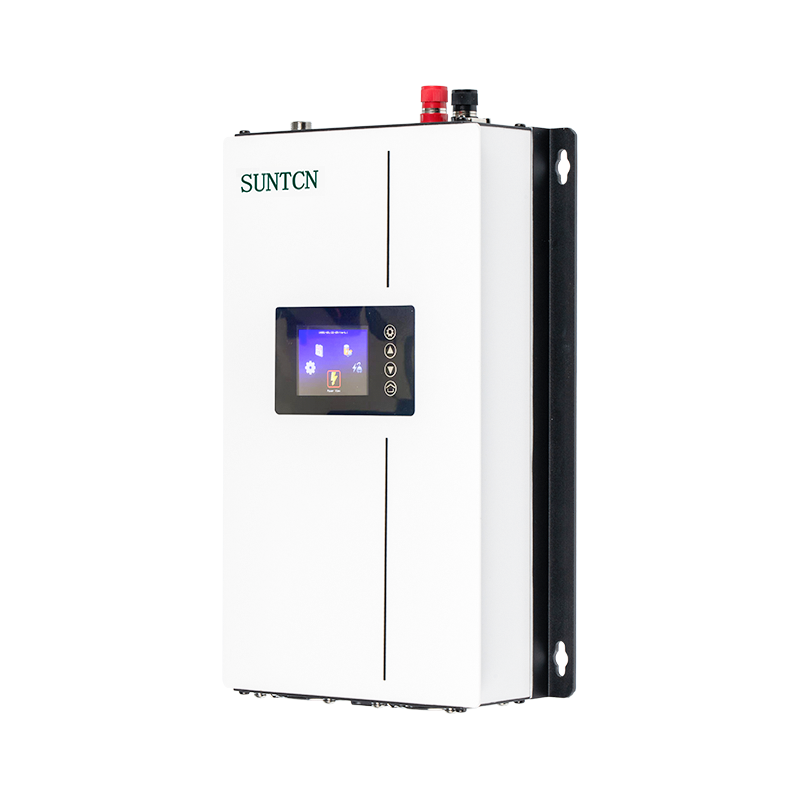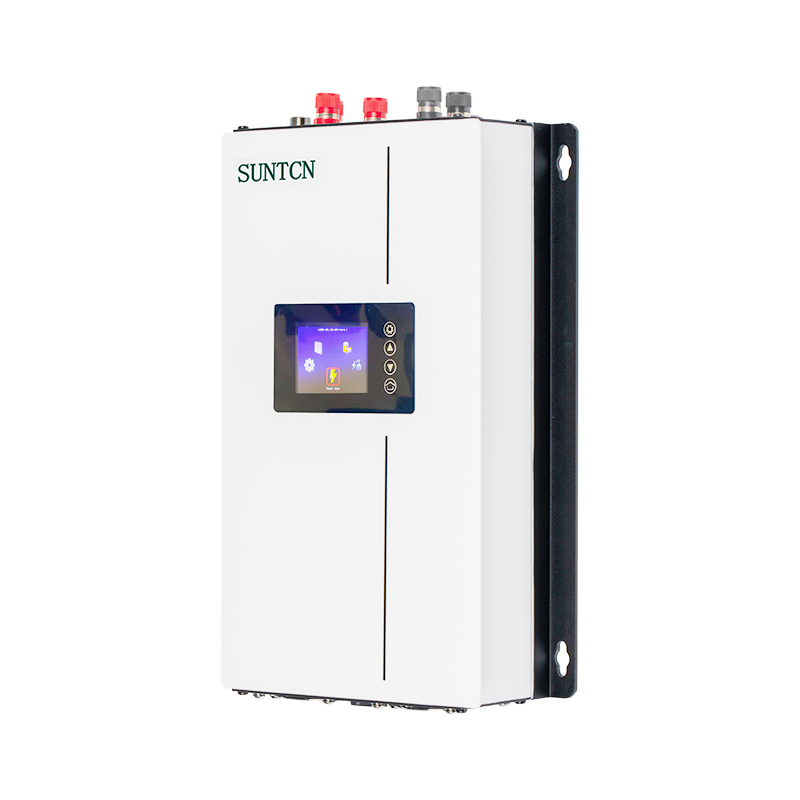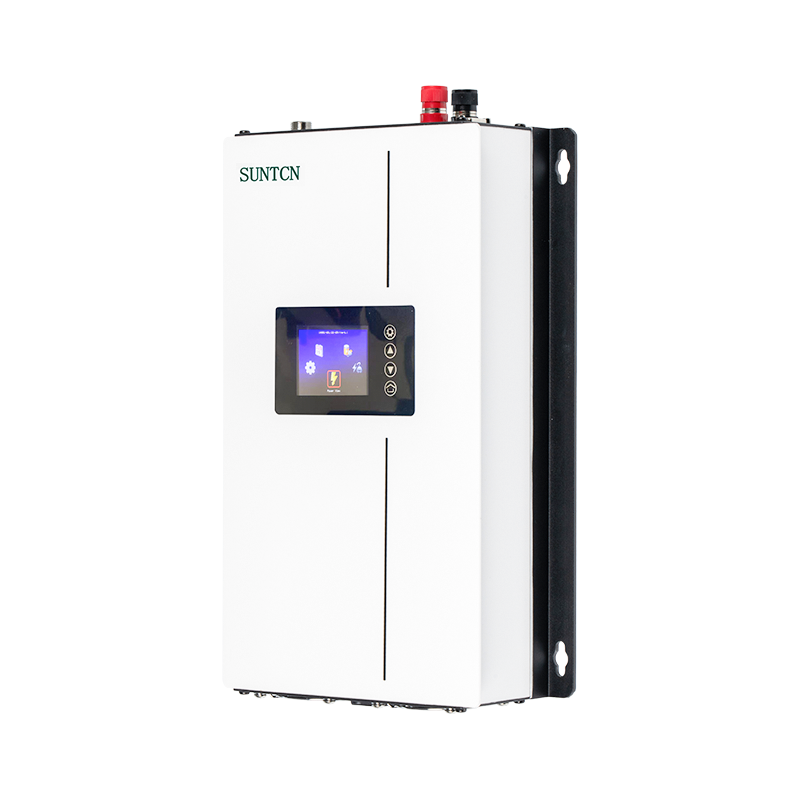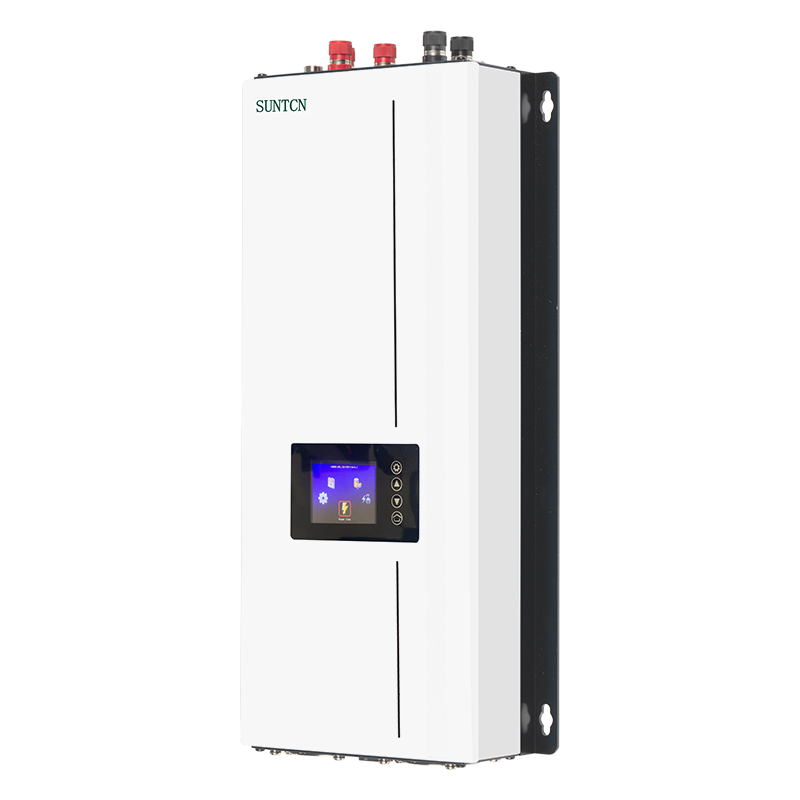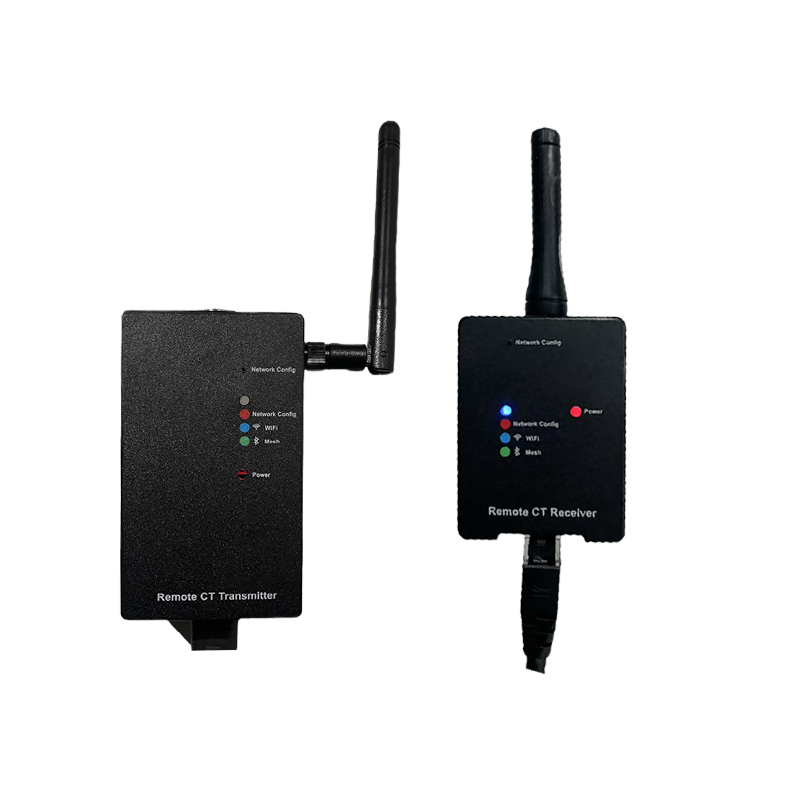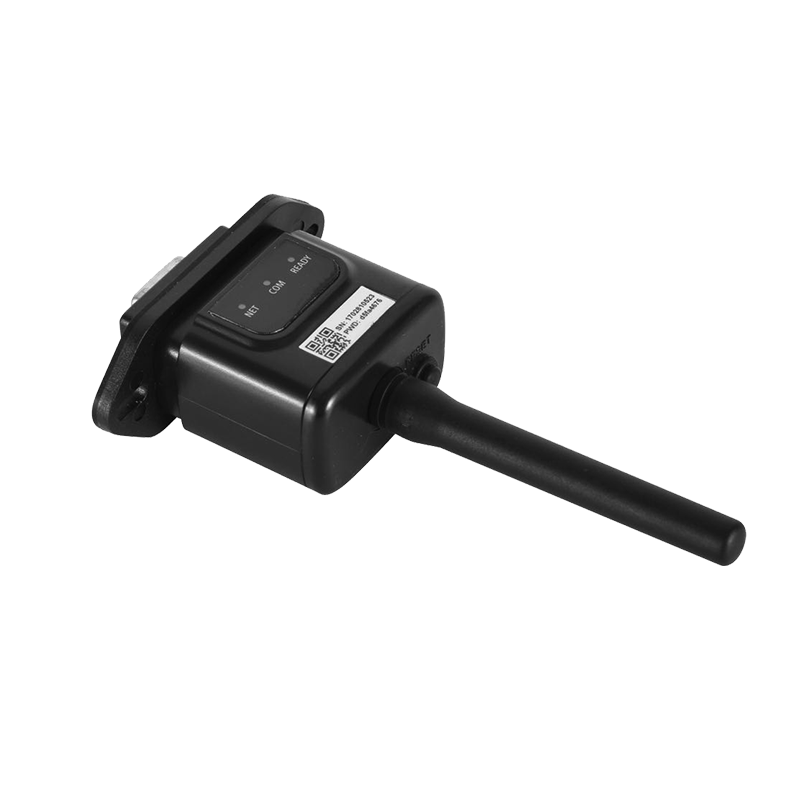Introduction: Solar Grid Tie Inverters
A Solar Grid Tie Inverter is a crucial component in photovoltaic (PV) systems that allows solar panels to feed electricity directly into the utility grid. The 600W solar grid tie inverter is commonly used in small residential or off-grid applications, providing a balance between affordability and efficiency. Proper installation and routine maintenance are vital for ensuring system safety, energy production, and prolonging the inverter’s lifespan.
Key Components of a Solar Grid Tie Inverter
Understanding the main components of a grid tie inverter helps in proper installation and maintenance. Typical components include:
- DC input terminals from solar panels
- AC output connection to the grid
- MPPT (Maximum Power Point Tracking) controller for optimized energy conversion
- Safety features including surge protection and anti-islanding protection
- Monitoring system for performance tracking
Installation Requirements
Proper installation ensures performance and safety. The key installation requirements for a 600W solar grid tie inverter include:
Site Selection
Choose a location that is well-ventilated, dry, and free from direct exposure to rain or excessive heat. Avoid areas near flammable materials or locations prone to water ingress. A shaded or poorly ventilated area can reduce inverter efficiency and lifespan.
Electrical Connections
Proper electrical wiring is essential. Key points include:
- Connect DC input from the solar panels with correct polarity.
- Ensure AC output is synchronized with the grid voltage and frequency.
- Use appropriately rated cables and circuit breakers to prevent overcurrent.
Mounting and Ventilation
Inverters should be mounted securely on a wall or a dedicated stand. Maintain sufficient clearance around the inverter (usually 10–20 cm) to allow airflow and cooling. Some models may include fans or heat sinks; ensure these components are unobstructed to prevent overheating.
Compliance and Safety
Grid tie inverters must comply with local electrical codes and utility requirements. Anti-islanding protection, surge protection, and grounding are essential for safe operation. Always follow manufacturer guidelines and consider professional installation if unsure.
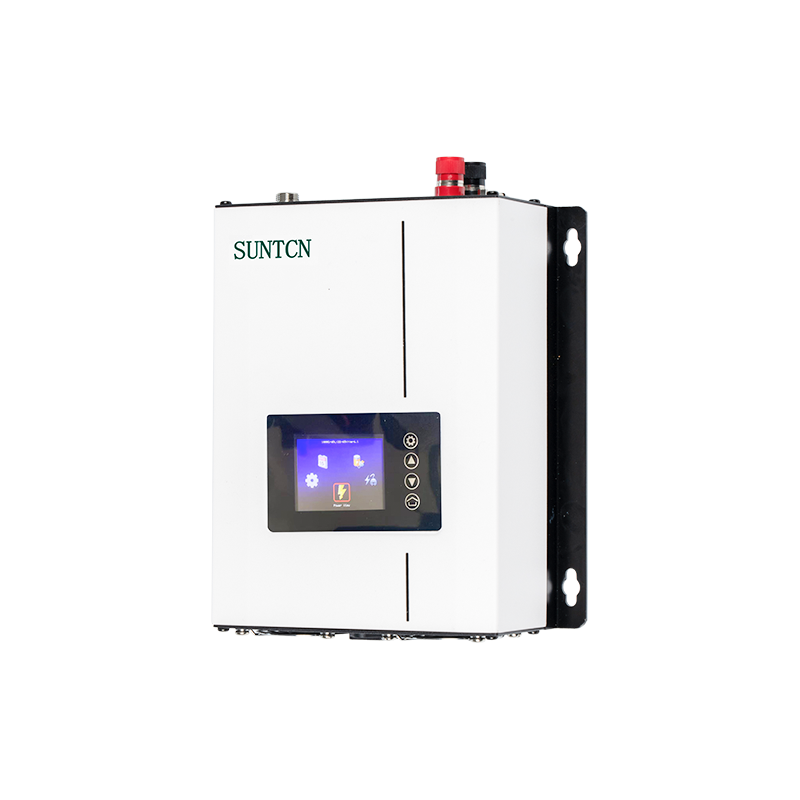
Maintenance Requirements
Regular maintenance ensures that the solar grid tie inverter operates efficiently and reduces the risk of failures. Key maintenance practices include:
Visual Inspections
Check for any visible signs of damage, corrosion, or loose connections. Inspect wiring for wear and tear, and ensure that the inverter casing is intact and free of dust or moisture accumulation.
Monitoring Performance
Most modern inverters provide monitoring via a display or software interface. Regularly check:
- Voltage and current readings for both DC and AC sides
- Power output consistency
- Error codes or alerts indicating potential issues
Cleaning and Environmental Maintenance
Keep the inverter and surrounding area clean and free of debris. Dust or dirt can block ventilation, and excessive moisture may damage electronic components. Use a dry cloth or soft brush for cleaning and avoid water sprays.
Periodic Professional Checkups
It is recommended to have a qualified technician inspect the inverter annually. They can test electrical connections, check firmware updates, verify grounding, and ensure that all safety features are functioning correctly.
Troubleshooting Common Issues
Even with proper installation and maintenance, issues may arise. Common problems include:
- Low power output due to shading or panel degradation
- Inverter overheating from blocked ventilation or high ambient temperatures
- Grid synchronization errors caused by voltage fluctuations
- Error codes related to DC input faults or wiring issues
Conclusion
Proper installation and regular maintenance of a 600W solar grid tie inverter are essential for safe, efficient, and long-lasting operation. By carefully selecting the installation site, following electrical and safety guidelines, performing routine inspections, and monitoring system performance, homeowners and system operators can maximize energy production, protect equipment, and ensure reliable integration with the grid.

 English
English Español
Español Deutsch
Deutsch
